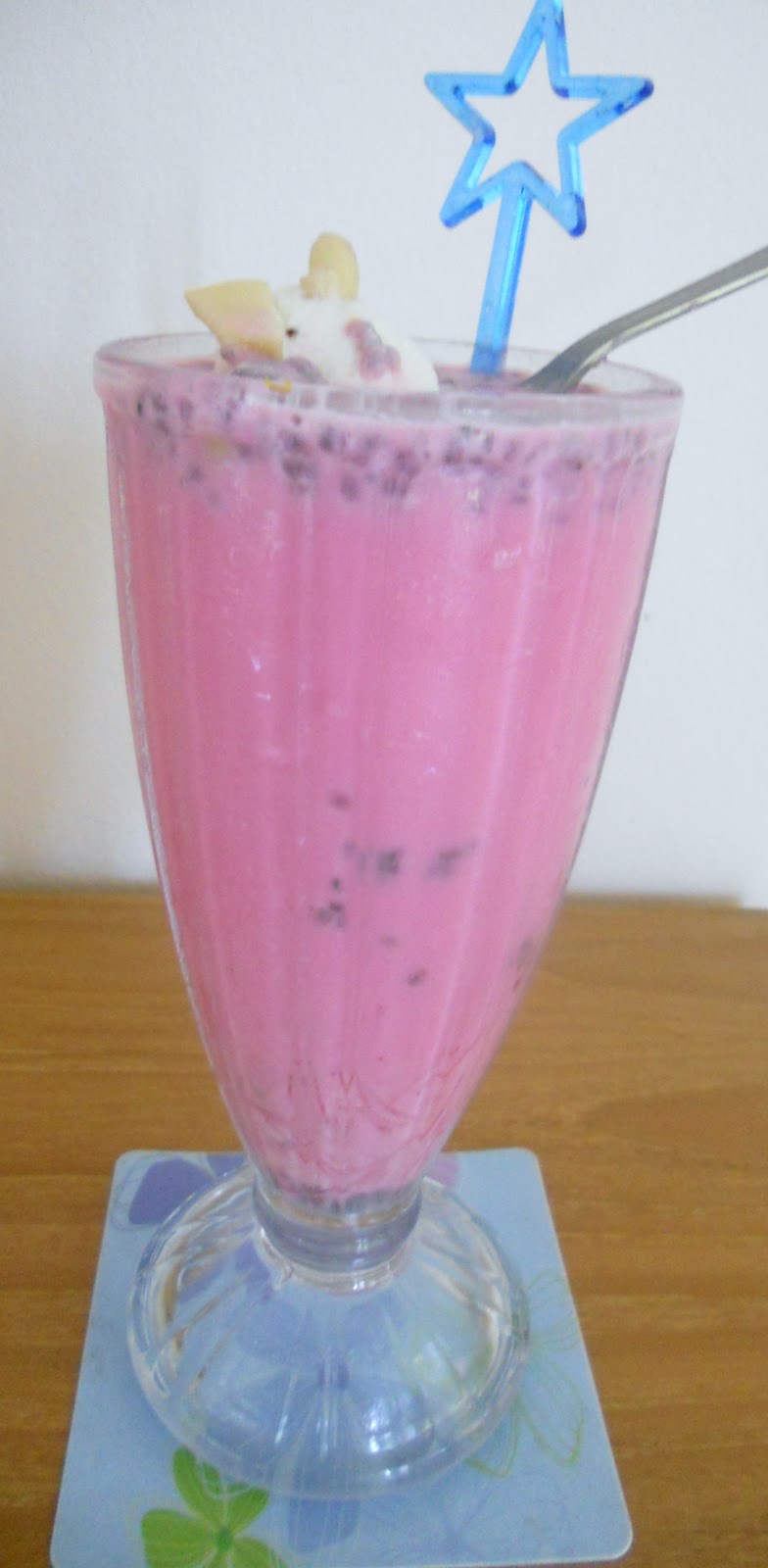The Songkran festival is celebrated in Thailand as the traditional New Year's Day from 13th to 15th April. It coincides with the New Year of many calendars of South and Southeast Asia.
The word Songkran comes from the Pali language of the Therevada Buddhist scriptures (Sankhara) and the Sanskrit word (Sankranti) for movement or change. Mean entry of the sun into any sign of the Zodiac. But the Songkran in this particular instance is when the sun enters the sign of Aries or the Ram. Its full name is Maha Songkran or Major Songkran to distinguish it from the other ones.
The festival lasts for 4 days. Maha Songkran Day is the first day of the celebrations which marks the end of the old year. April 14, Wan Nao is the day between the ending of the old year and the beginning of the New Year when foods are prepared for the temples. The third day of Songkran, April 15, is Wan Thaloeng Sok - the day on which the New Year begins and on the last day, Wan Parg-bpee, the ancestors and elders are honored.
The Songkran Festival shares some similarities with the Indian Holi Festival in India celebrated around the same time. One custom that Songkran shares with Holi is throwing of clear water in Thailand .While in India the throwing of colored water marks Holi
Besides the throwing of water, people celebrating Songkran may also go to a Wat (Buddhist monastery) to pray and give food to monks. They may also cleanse Buddha images from household shrines as well as Buddha images at monasteries by gently pouring water mixed with a Thai fragrance over them. It is believed that doing this will bring good luck and prosperity for the New Year. In many cities, such as Chiang Mai, the Buddha images from all of the city's important monasteries are paraded through the streets so that people can toss water at them, ritually 'bathing' the images, as they pass by on ornately decorated floats. In northern Thailand, people may carry handfuls of sand to their neighborhood monastery in order to recompense the dirt that they have carried away on their feet during the rest of the year. The sand is then sculpted into stupa-shaped piles and decorated with colorful flags.
Some people make New Year resolutions - to refrain from bad behavior, or to do good things. Songkran is a time for cleaning and renewal. Besides washing household Buddha images, many Thais also take this opportunity to give their home a thorough cleaning.
The throwing of water originated as a way to pay respect to people, by capturing the water after it had been poured over the Buddhas for cleansing and then using this "blessed" water to give good fortune to elders and family by gently pouring it on the shoulder. Among young people the holiday evolved to include dousing strangers with water to relieve the heat, since April is the hottest month in Thailand (temperatures can rise to over 100°F or 40°C on some days). This has further evolved into water fights and splashing water over people riding in vehicles.
The traditional Thai New Year greeting is sa-wat-di pi mai , basically "Happy New Year" .
Tom Yum Clear Soup (Vegetarian)
Tom yum soup is perhaps authentic Thai Dish which is spicy soup served both vegetarian and Non vegetarian. Thai Tom Yum Soup is just as delicious made vegetarian. Instead of fish sauce and chicken stock, soy sauce and a good-tasting vegetable stock can be used. Tom Yum Soup is currently under study for its ability to boost the immune system and help fight off cold and flu viruses, and this veggie recipe is even healthier than the original!
Ingredients:
1. 6 cups good-tasting vegetable stock
2. 2 stalks lemongrass
3. 4 whole kaffir lime leaves
4. 3-4 Thai red chilies sliced (its very spicy)
5. 2 cloves garlic minced
6. shallot few sliced
7. 1 Thumb-size piece galangal
8. 1/2 cup cherry tomatoes
9. 1 red tomato cut in four piece
10. 5 to 6 thin sliced baby corn
11. 5 to 6 sliced young coconut
12. 10 to 12 thin sliced carrots
13. 1/2 cup cauliflower
14. 1/4 cup fry cashew
15. 3 to 4 fresh green peas
16. 3 - 4 tablespoon soy sauce
17. 2 fresh lime juice
18. 1/2 cup fresh basil
19. 3 - 4 whole leaves of coriander
Method:
1. Pour lemongrass, galangal, soy sauce and vegetable stock into a soup pot and bring to a simmer. Cover and simmer for 2 minutes.
2. Open the pot and add the Kaffir lime leaves, garlic, onion, Simmer for another 2 minutes.
3. Add carrots, cauliflower, baby corn and young coconut, peas. Simmer for yet another 2 minutes. Than add cherry tomatoes and tomatoes simmer for 1minutes.
4. Turn off the heat, add lime juice, chilies, cashew and garnish with coriander leaves.
5. Do a taste, adding more chili or chili sauce if not spicy enough. If not salty enough, add more soy sauce or salt. Add 1 more tsp. sugar if too sour. If too salty or sweet, add another squeeze of lime juice.
6. This makes a medium-hot bowl. Some prefer to have it spicier. Find your own comfort level.
7. Remove the lemongrass and galangal before serving if you like. They're not particularly edible.
8. To serve, take soup into bowls with fresh basil and coriander sprinkled over. Enjoy!
Note:
I prefer my Tom Yum traditional version (Clear Soup) with out coconut milk. In Thailand, they often use coconut Milk, which is a good option for vegetarians.
You may also like:










































